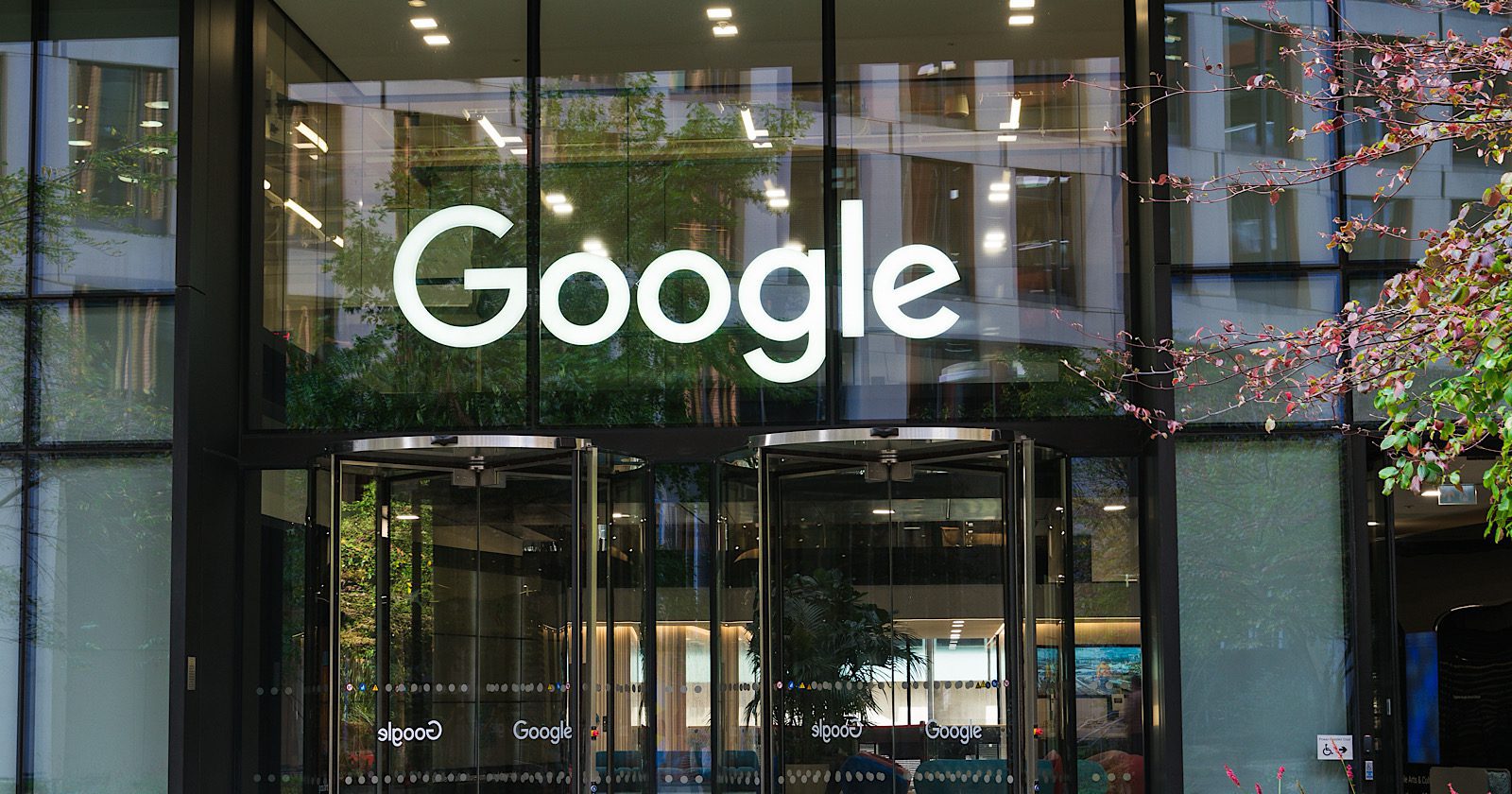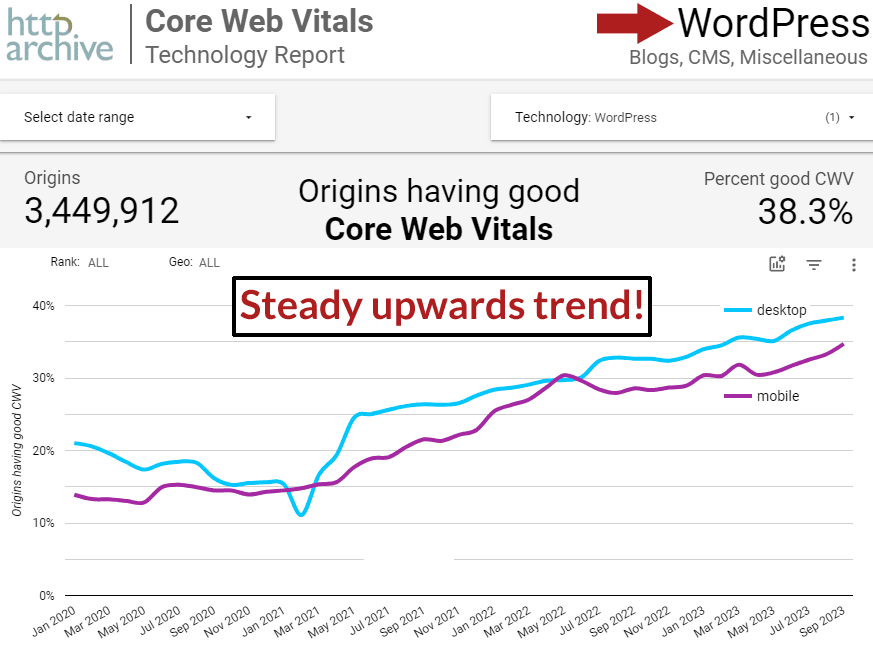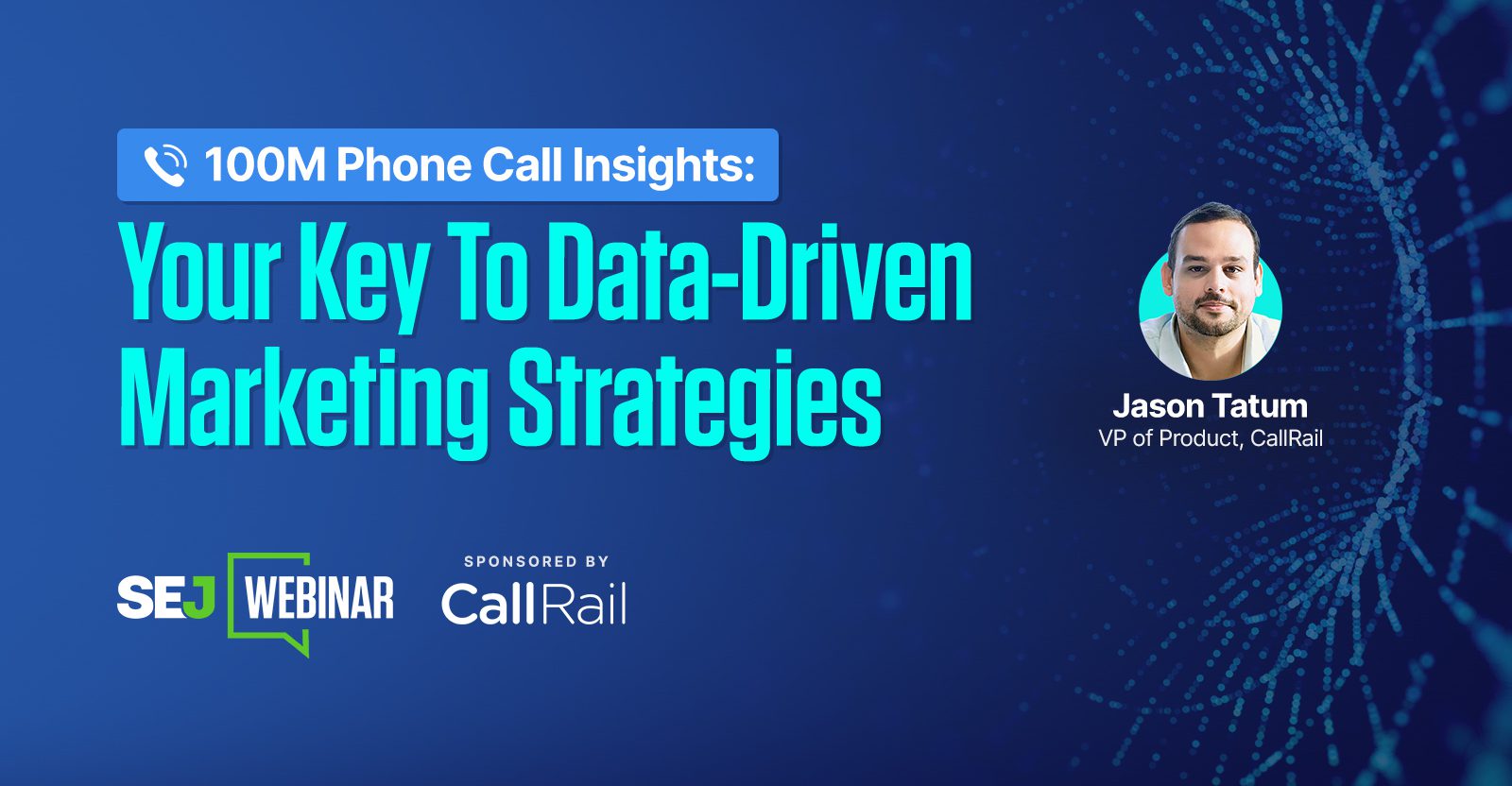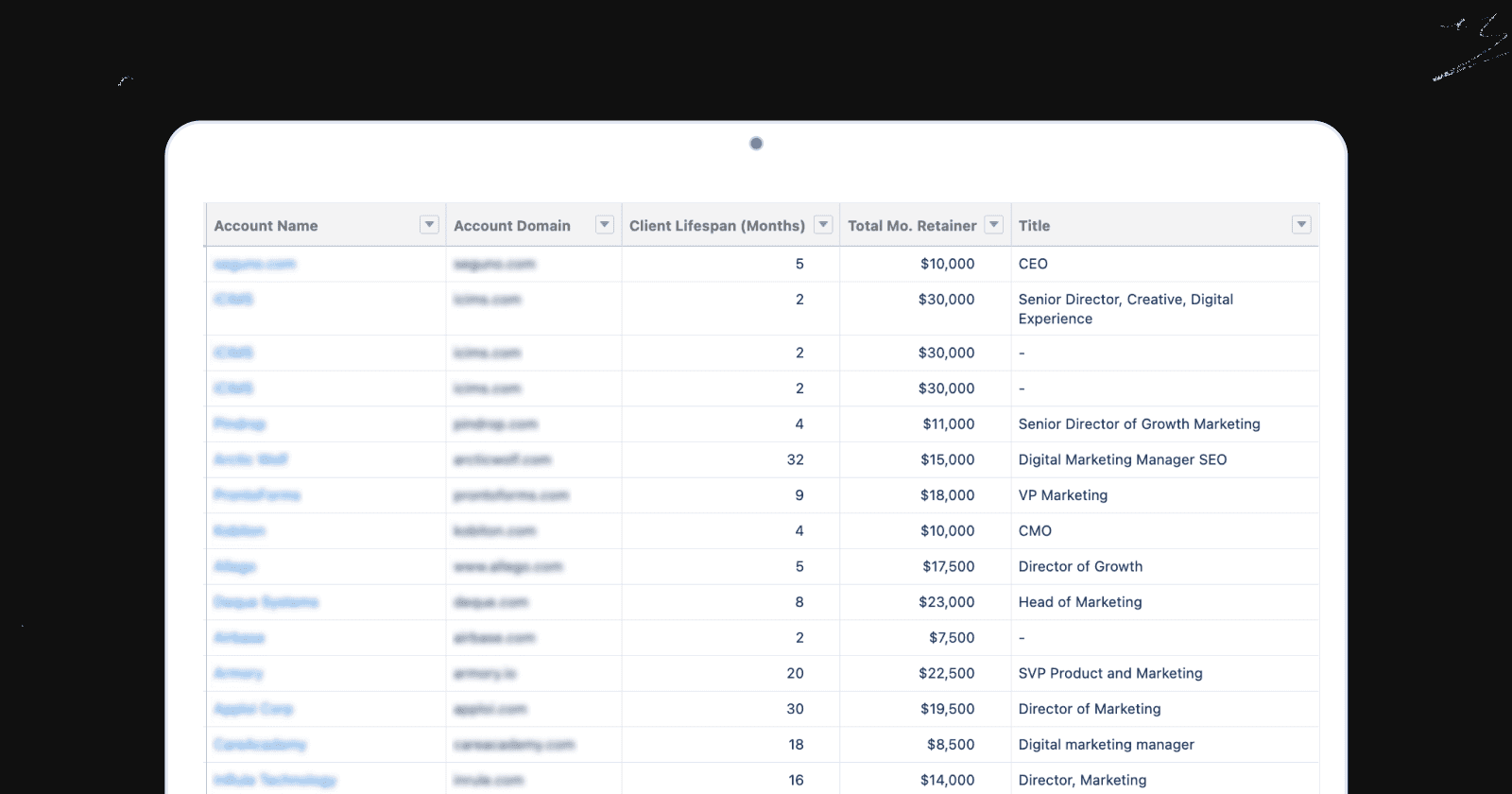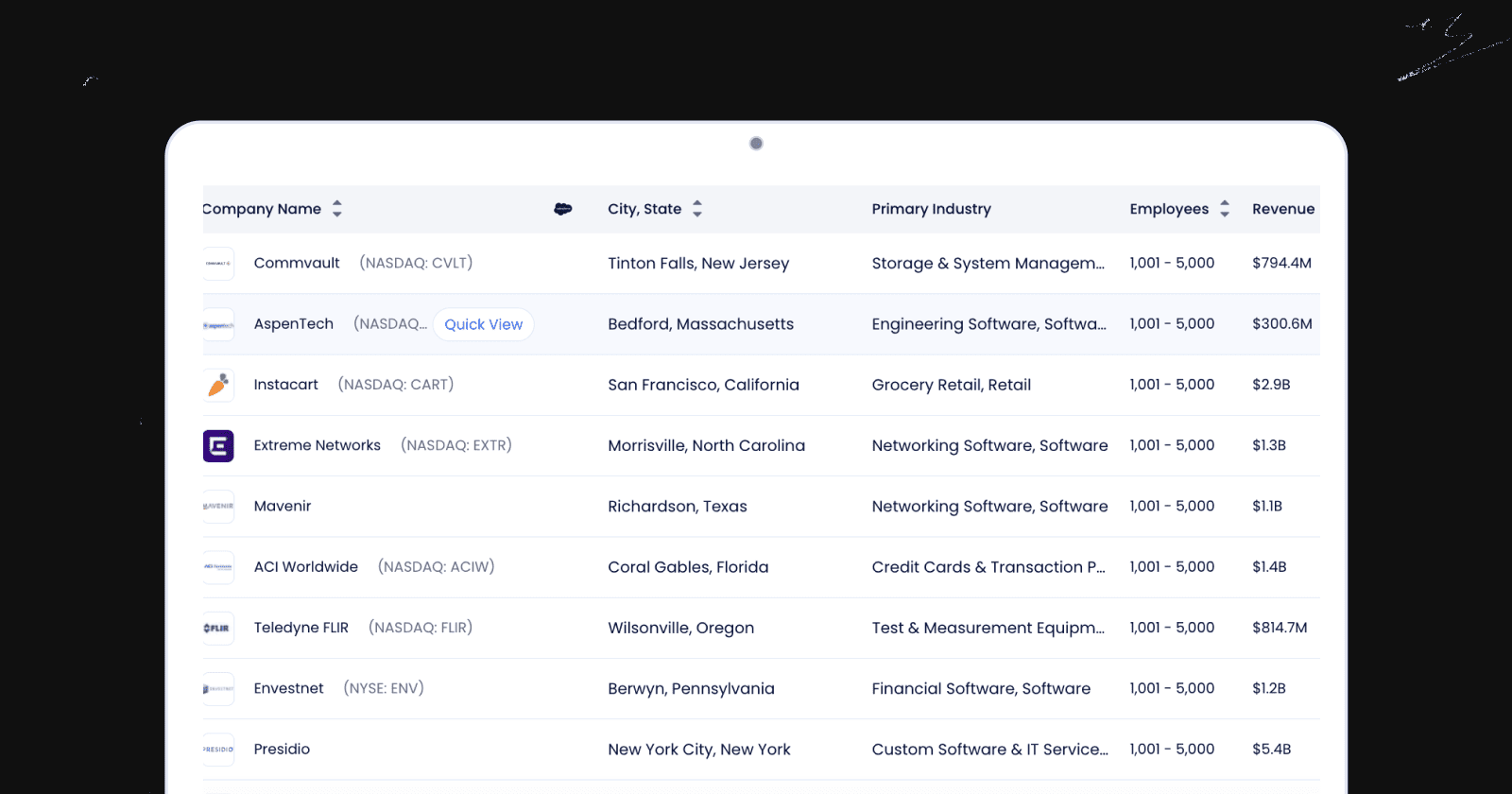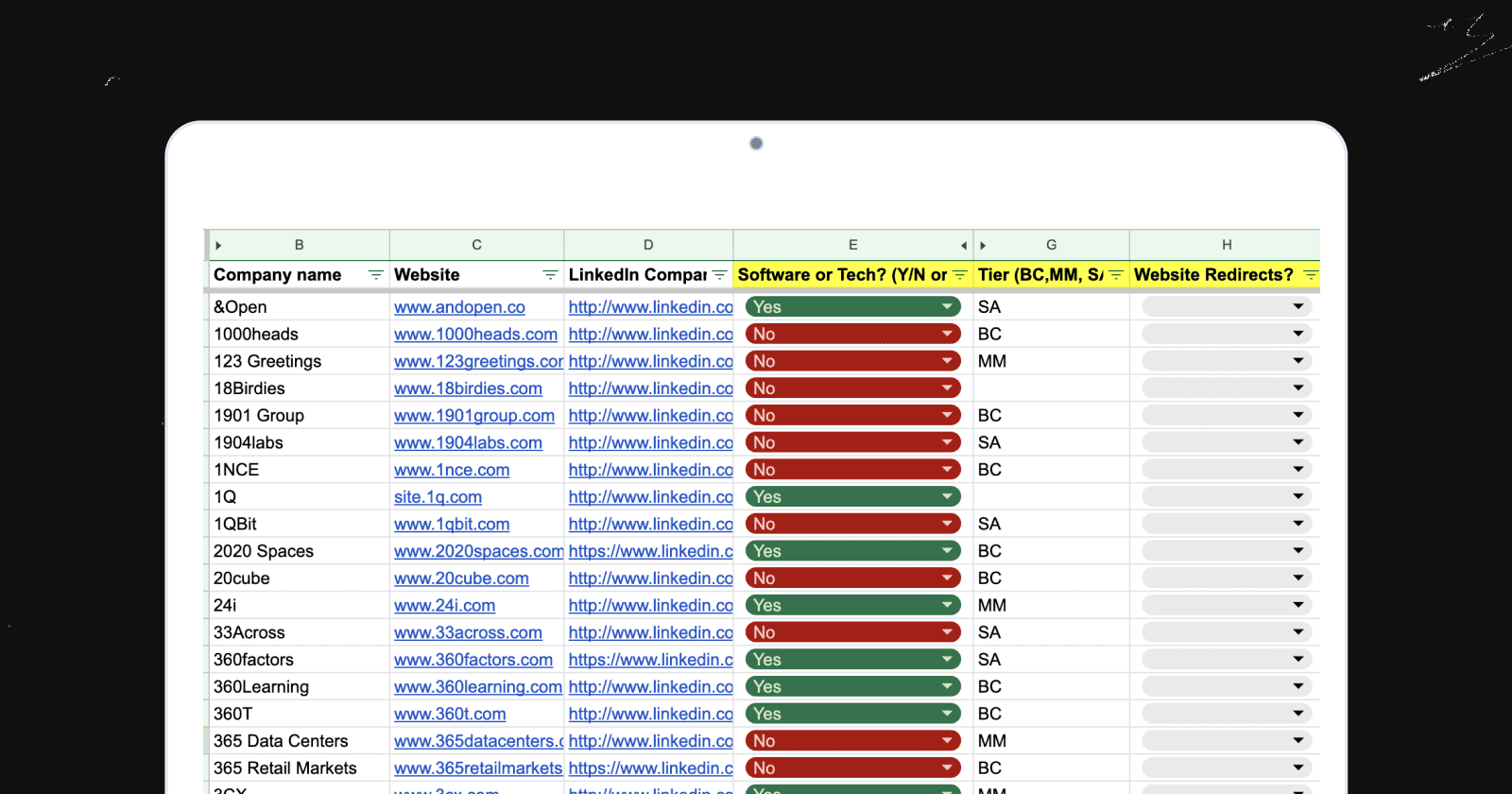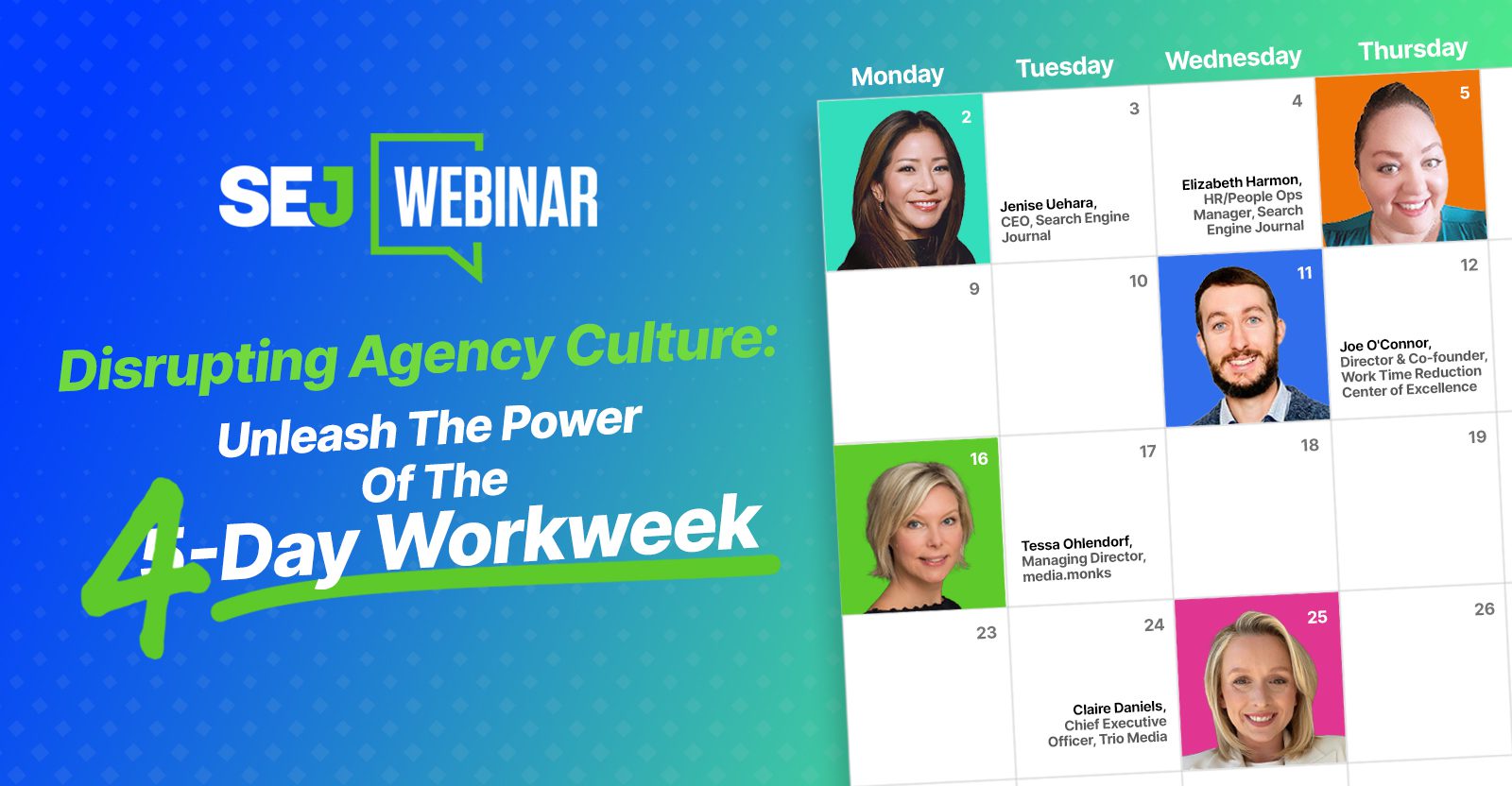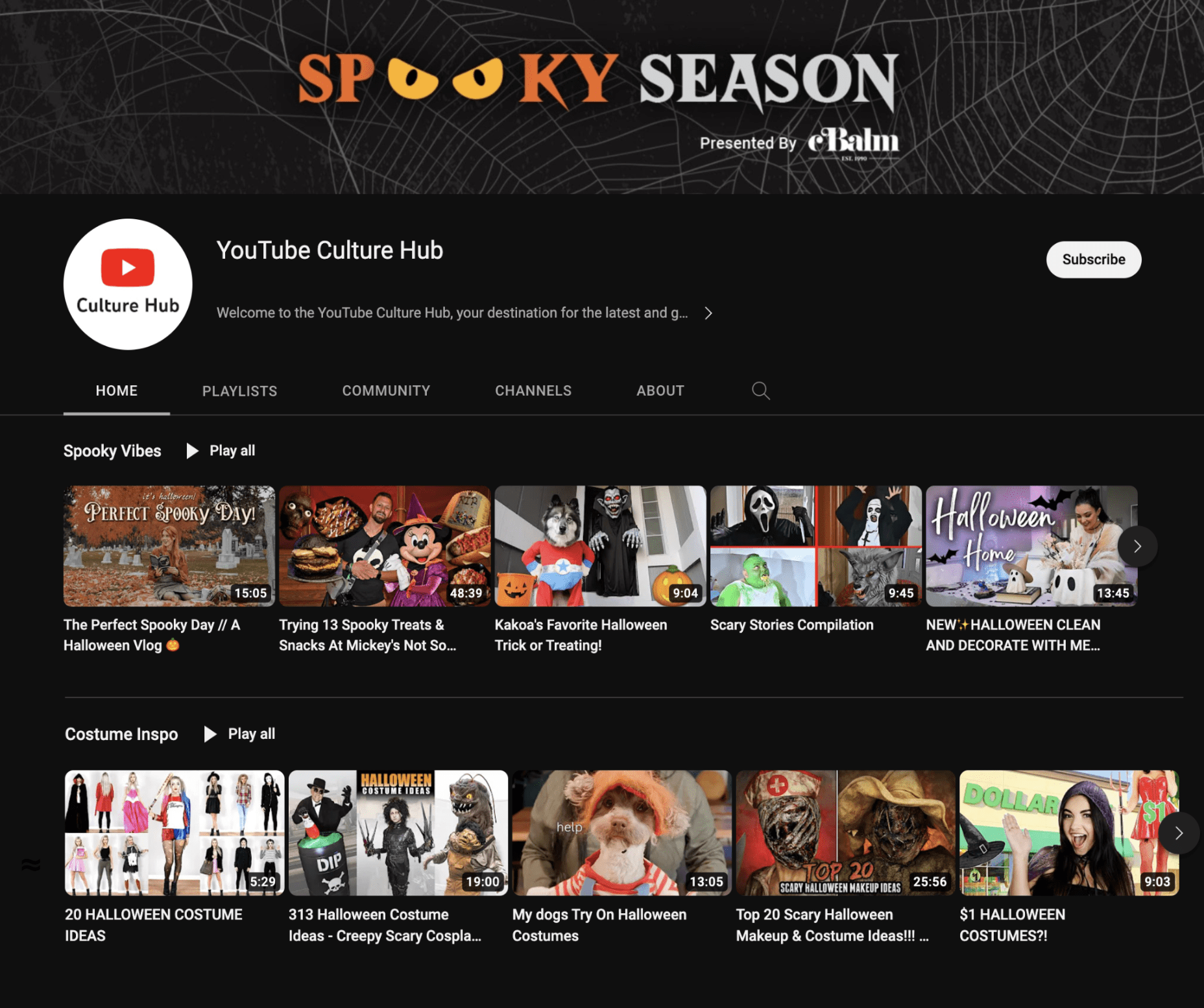“SEO is dead!” We hear again, for what seems like the 20th time this year.
“No one is using Google anymore, they’re all using TikTok for searches!”
“Generative AI in the SERPs is going to steal all our clicks!”
“It’s impossible to prove the worth of SEO in today’s cookie-less world!”
There’s a lot of fearmongering going around the search industry. A lot of doom and gloom.
With a backdrop of cost-of-living rises and employment markets slowing down, it can feel risky to have a career in SEO.
There are indeed a lot of changes on the horizon in how SEO pros work and prove worth.
However, it’s definitely far from the doomsday scenario that is doing the rounds on social media right now.
What Is Likely To Change In The Near Future That Could Impact SEO Roles
There are some key changes on the horizon that may well impact the day-to-day role of an SEO pro.
Artificial Intelligence And Large Language Models (LLMs)
AI has been a buzzword for the past year, but what impact might it realistically have on an SEO pro’s job?
Generative AI In Search Engine Results Pages (SERPs)
Whilst other industries fear that humans may be replaced by AI, we have the added concern that our entire industry could be wiped out.
If search engines are replacing ranked third-party content with their own AI-generated content, where is the need for SEO professionals?
AI Means We Are Expected To Achieve More For Less
Many companies are looking at ways to scale back on operating costs by introducing AI to replace functions and outputs.
The SEO industry has always been quick to automate processes where possible, but it still requires an SEO pro’s knowledge and skills to create the automation.
With AI technology freely available, could non-SEO pros use the technology to replicate the knowledge of an SEO professional?
Other Search Platforms
Google-owned search properties might not be the most popular search destination forever.
Searchers Becoming More Aware Of The Impact Of Using The Bigger Search Platforms
This is something that perhaps hasn’t been discussed enough.
We know that Gen Z is becoming ever more conscious of the social and environmental impact of their actions.
This could soon impact their choice of search engine.
For example, the environmental impact of running the huge servers needed to power a search engine like Google or Bing is not inconsequential. We may well see this generation opting for a more environmentally conscious search engine like Ecosia to offset this.
We are also seeing more people understanding how they are being tracked online and desiring more anonymity when searching.
Audience Using Other Platforms To Search
TikTok users staying on the platform to search for advice, products, and more instead of going to a traditional search engine was big news this year.
Clicks that would previously be attributed to organic search are now being counted as social media visits.
Proving The Worth Of SEO
With increasing emphasis on budgets, consolidation, and automation, we need to be able to prove the worth of an SEO professional’s skill set as much as ever.
Not only may fewer search users get counted as organic traffic due to their use of other platforms to conduct searches, but the changing attribution models in tools like Google Analytics 4 means conversions are being attributed elsewhere, too.
On the face of it, Google Analytics 4’s “data-driven attribution model” seems to downplay the value of organic search in the customer journey.
For example, a GA4 report I saw attributed 21% of the value of a conversion to organic search and 79% to paid search.
This is despite the customer journey being 20 organic search visits followed by one paid search visit.
More visit data is being lost now that consent to use tracking cookies is a legal requirement in many countries worldwide.
As a result, it is increasingly difficult to prove the efficacy of SEO.
Future-proofing Our Careers In Light Of Changes
So how do we ensure that our roles as SEO pros keep up with the changing times and remain useful to an organization?
The following eight tips are designed to help mitigate the risk to our careers that many are fearing.
1. Communicate The Need For SEO Skills More Than Ever
One of the reasons this is such a fraught time for many SEO professionals is the idea that things are changing so quickly.
The use of AI in the SERPs has seemingly happened overnight. With it, the real estate on the SERPs for organic listings is getting increasingly smaller, and the walled gardens of the search engines are getting larger.
You could (and should) argue, however, that this just means the need for red-hot SEO pros is growing. As long as organic search listings remain, then the competition to appear in those slots will remain.
The need for a strong SEO strategy will remain.
The clicks to our websites from organic search results might decrease, but brands will still want to be cited in generative AI answers. They will still want to be the ones taking up whatever organic real estate is left.
That responsibility will remain firmly with the SEOs.
Start talking to your organizations about these changes and reinforce the importance of SEO in the advent of generative AI taking over the SERPs.
2. Demonstrate Where Generative AI Won’t Be Used
Another point to emphasize when talking to stakeholders about SEO is that there will be some areas where generative AI won’t appear much in the SERPs.
Consider Google’s own words:
“There are some topics for which SGE is designed to not generate a response. On some topics, there might simply be a lack of quality or reliable information available on the open web.
For these areas – sometimes called “data voids” or “information gaps” – where our systems have a lower confidence in our responses, SGE aims to not generate an AI-powered snapshot.”
Look at your own industry and consider where this might apply – for example, high-risk YMYL scenarios or where there isn’t sufficient data. This will likely remain an open opportunity for organic search.
Start having these discussions with key stakeholders now to help assure them of the need for continued SEO strategy.
3. Learn AI Prompting
Embrace AI rather than fearing it. Practice and refine prompt creation.
Get used to AI being a part of your job function.
If the world goes the way the pessimistic corners of the internet have predicted, then jobs may fall to AI.
However, using it within your role as an SEO expert means you will be ready to demonstrate how AI makes you more efficient, freeing up your time for the aspects it can’t replace.
4. Demonstrate Where AI Can’t Take Over
Although AI will be very useful in carrying out SEO processes, there will always be examples where it can’t take over a human’s job entirely.
Core to this is that SEO has a lot of moving parts.
At any one time, an SEO professional will need to be devising a strategy, taking into account the complexity of the website, industry, and competitors. They will need to be prioritizing budgets and resources to ensure the right work happens at the right time.
There will be liaising with stakeholders to get buy-in and sign-off. There will be problem-solving with developers to find a solution that works for both them and SEO.
Although AI may be able to assist with parts of this – or even attempt all of it to a degree – it’s unlikely it will be of a level sufficient to replace an SEO pro’s role.
5. Transfer Skills To Other Search Engines
Consider broadening your experience with search engines like Ecosia and DuckDuckGo.
As SEO pros, we often get caught up in focusing our efforts on just the main search engines for our region.
Although there will be similarities in how they rank content, they are not identical.
You may want to start experimenting to find out what works well with these more specialist search engines.
Get familiar with the differences in their SERPs and any nuances that differ from how your industry’s more popular search engines operate.
Keep an eye on how your target demographics are responding to issues like data privacy and environmental impact.
6. Start Applying Your Skills Beyond Traditional Search Platforms
Beyond search engines, consider learning how to optimize for other platforms with search functionality, like social media and industry review sites.
For example, the skills developed as an SEO pro put you ahead of the curve when understanding how Facebook’s algorithm responds to content.
They will also put you in a great position to dominate Amazon’s product listings.
Build up your practical experience of optimizing for other types of search functionality. For example, your industry might rely on visibility in TripAdvisor.
Seek out opportunities in your current role, or look at personal projects that give you experience in ranking with different platforms’ algorithms.
7. Widen Your Impact Beyond Marketing
Look for opportunities to demonstrate your skills acquired through SEO in other business departments.
For example, understanding how search engines work can make you a helpful advisor for the team looking to perfect your website’s internal search function.
You will understand code to a degree that many non-developers do not.
Your skills in balancing the needs of users against the needs of the search engines will mean you are likely to be very pragmatic in your approach to recommending website optimizations.
Start seeking opportunities to broaden your impact across the business.
8. Look Beyond Traffic Metrics To Demonstrate Results
As SEO pros, we have a history of focusing on metrics that don’t necessarily show the true value of our work. However, the core metrics we all (mostly) agree on, like impressions and sessions, may become less impressive.
As the search engines provide more answers within the SERPs, or more people turn to other platforms like TikTok for discovery, our key metrics might decrease year-over-year.
We need to start approaching other metrics as a measure of our success.
For example, if the rise of generative AI means fewer people will click through to our website because they have all the information presented to them, can we start tracking brand mentions in the SERPs instead?
In Summary
There will be a lot of changes happening in the search industry over the next few years; however, that’s also been the case over the last decade or so!
As SEO professionals, we will need to adapt and embrace new technologies and platforms, but it will be a great opportunity to flex our muscles in new ways.
More resources:
Featured Image: PeopleImages.com – Yuri A/Shutterstock
